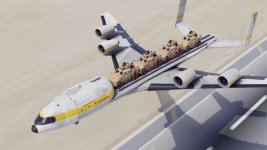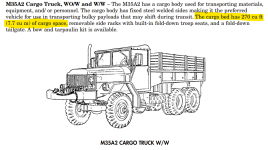Which brings up an idea I have been kicking around. Using the airboat model instead of the flying car model.
I think that was more along the lines of the original idea as adapted from the Dumarest "Raft". The Air/Raft should be thought of just as the name implies: a (relatively) slow floating craft designed for local transportation and moving things from point-to-point, like an inflatable raft w/ outboard motor on water or like a station-wagon / estate-car / light pick-up truck on land. More of a floating utility craft.
The Air/Car or Grav/Car (G/Car ?) concept should be thought of and conceptualized differently.
Note that the Air/Raft has always carried the alternate names "Floater" and "Flyer" in Traveller descriptive texts. I consider the Air/Raft proper to be the Floater and the Flyer to be the Air/Car. In T5 terms that would mean that the Air/Raft "Floater" has Lifters only, whereas the Air/Car "Flyer" likely has an additional motive thrust agency.


